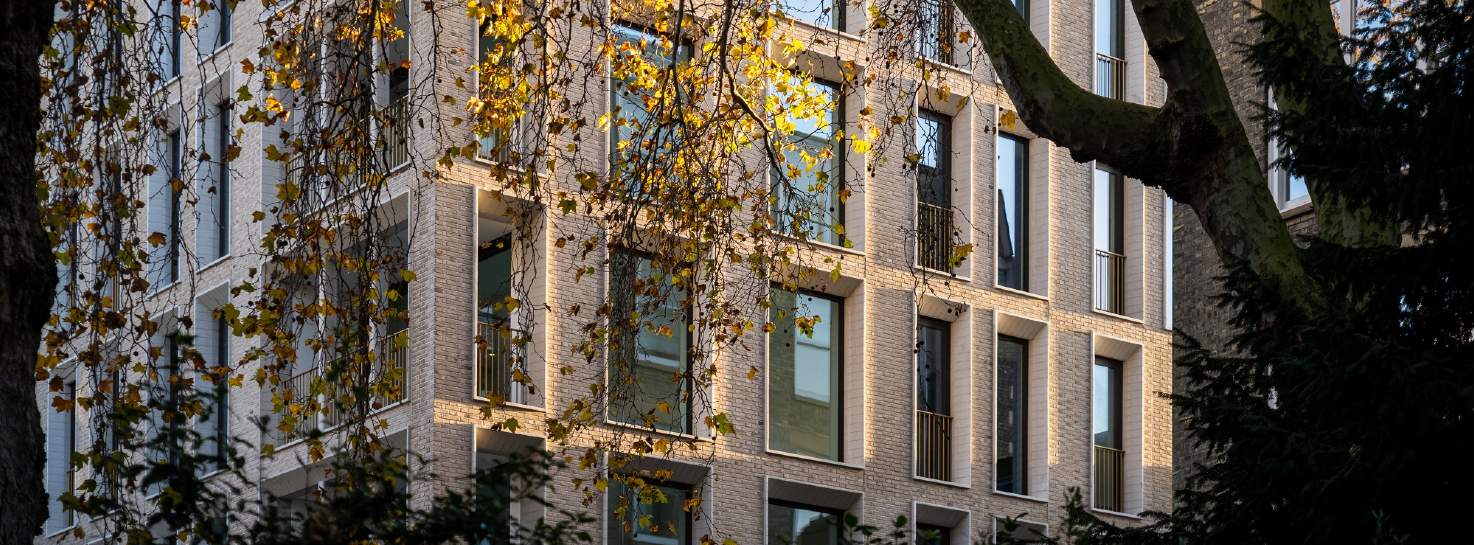You might think of the City of London as a square mile of iconic towers and slick office blocks; which of course it is. However, there's a lot more to this tiny city (one of only two London districts with city status) than banking, trade and financial services.
Settled by the Romans, the City was heavily populated right up until the 18th century. Today, there are only around 7,500 permanent residents within the Square Mile, but with a number of additions and enhancements it is a vibrant place for Londoners to live. These include the introduction of new transport links, the regeneration of several of Smithfield's market buildings and a new residential quarter in Barts Square which was completed in March.
Here are a few more things you might want to know about living in Barts Square.
1. Transport
When the Crossrail project is completed, Farringdon East will become one of the busiest stations in the capital, and the only station offering access to Thameslink, Crossrail and London Underground services. It will have direct connections with Bond Street (4 mins), Heathrow (31 mins) and Paddington (8 mins) and provide a vital link between Canary Wharf and the City, which will take passengers around seven minutes.
2. Cycling and walking
With Londoners now looking to walk and cycle to work more than ever before, the length of commute is a key consideration. With direct access to cycling routes C6 – which can take you to Kings Cross in 12 minutes and route 39 – which can take you to the West End in 11 minutes – you can understand why some residents here are opting to travel in this fashion.
If traveling by bicycle is not for you, then this vibrant new quarter also offers easy access by foot to some of London’s key locations including St Pauls, Bank, Holborn and Covent Garden.
3. History on every corner
The City is criss-crossed with ancient alleys and passageways, each with a story to tell. For example, on the corner of Giltspur Street and Cock Lane there's a golden statue of a boy, marking the point at which the Great Fire of London stopped.
The Great Fire razed more than 13,000 houses and nearly 90 churches, but a tiny number of buildings did survive, including London's oldest church, St Bartholomew, on West Smithfield, and St Barts Hospital. The latter not only survived the Great Fire but has been offering medical care and pioneering social change ever since. It was the first hospital to use lemon juice to cure scurvy; the first to adopt the x-ray machine; and the first to treat cancer patients with mega-voltage radiotherapy.
4. Great bars and restaurants
Some of the best restaurants in London are to be found in the streets around Barts Square, including The Modern Pantry (St John’s Square), Club Gascon (West Smithfield), St John (St John Street) and Smiths of Smithfield (Charterhouse Street).
As well as these top restaurants, Barts Square has also seen the recent opening of new restaurants like Stem & Glory, an award winning restaurant serving delicious plant based food.
Great old pubs include Ye Olde Mitre (Ely Place) and The Jerusalem Tavern (Britton Street) where William Hogarth and Samuel Johnson were once regulars.
5. World-class culture
The Barbican Centre, in the heart of the City, is the largest multi-arts and conference venue in Europe, as well as being the home of the London Symphony Orchestra.
Meanwhile, The Museum of London on Aldersgate Street offers a compelling insight into London's journey from Roman settlement to international powerhouse.
Only a few minutes’ walk from Barts Square, you will find one of the oldest food markets in London – designed by Sir Horace Jones in the second half of the 19th century, but on site for almost 1000 years. This food market not only offers some of the best food produce in the country, but also provides residents with a deep sense of local culture and community, which has been thriving there for generations.

.jpg)
(1).jpg)
.jpg)
.jpg)